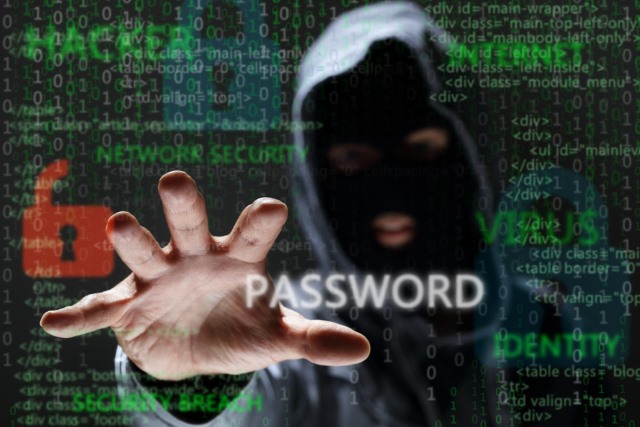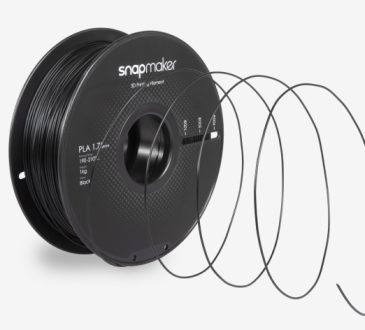
The speed with which hackers keep coming up with new and evolved malware and phishing attacks is quite worrying; especially since users still do not realize that they are just as much vulnerable to hacking as anyone else is. In such a scenario, camera hack is emerging as a bigger threat since security cameras are the least protected devices on the internet. As long as the devices on the web will not be put behind cybersecurity techniques, the chances that your organization could be the next victim of hackers is high.
The good news is that the practices we are talking about – the ones that cybersecurity experts vouch for – are highly effective against advanced forms of phishing too. Have a look to realize how these practices safeguard the assets of a company.
- Hiring Ethical Hackers
Every coin has two sides. The saying couldn’t be any true when it comes to hackers. The one side of the coin are threat actors (hackers that exploit vulnerabilities) and the other side are ethical hackers. They belong to the white hat community that pledges to using their skills to patch vulnerabilities instead of misusing them. Big giants like Google too hire ethical hackers to secure their firm.
The entire procedure of utilizing the skills of ethical hackers is known as bug bounty programs.
- You invite hackers from the clean community to analyze the code.
- Once the ethical hackers sign a contract, you give them the access.
- They are then supposed to use the tools that you approve to find bugs.
- When they find a bug, they report the bug.
- You analyze the bug to determine that it’s not been reported by anybody else.
- Depending upon the severity of the bug, you offer a bounty.
- Using MFA Technique
MFA is the abbreviation for Multi-factor authentication. And as the name suggests, it is an advanced technique where a system is secured behind 3 to 4 high security layers in addition to the backdoor password. If a hacker gets the backdoor password, the system will still remain shut. All the security factors (layers) have to be passed to get access to the information.
- Using Firebreaks
Firebreaking is also known as network segmentation.
- Many independent networks are made.
- Every network has a different router.
- Only one bit of the company’s info is saved in one network.
So, even if the company suffers from security breach, the malware is limited to the breached network only. Precisely, this is more of a damage control practice.
Do adopt these techniques in combination to get maximum protection from phishing and malware threats.




